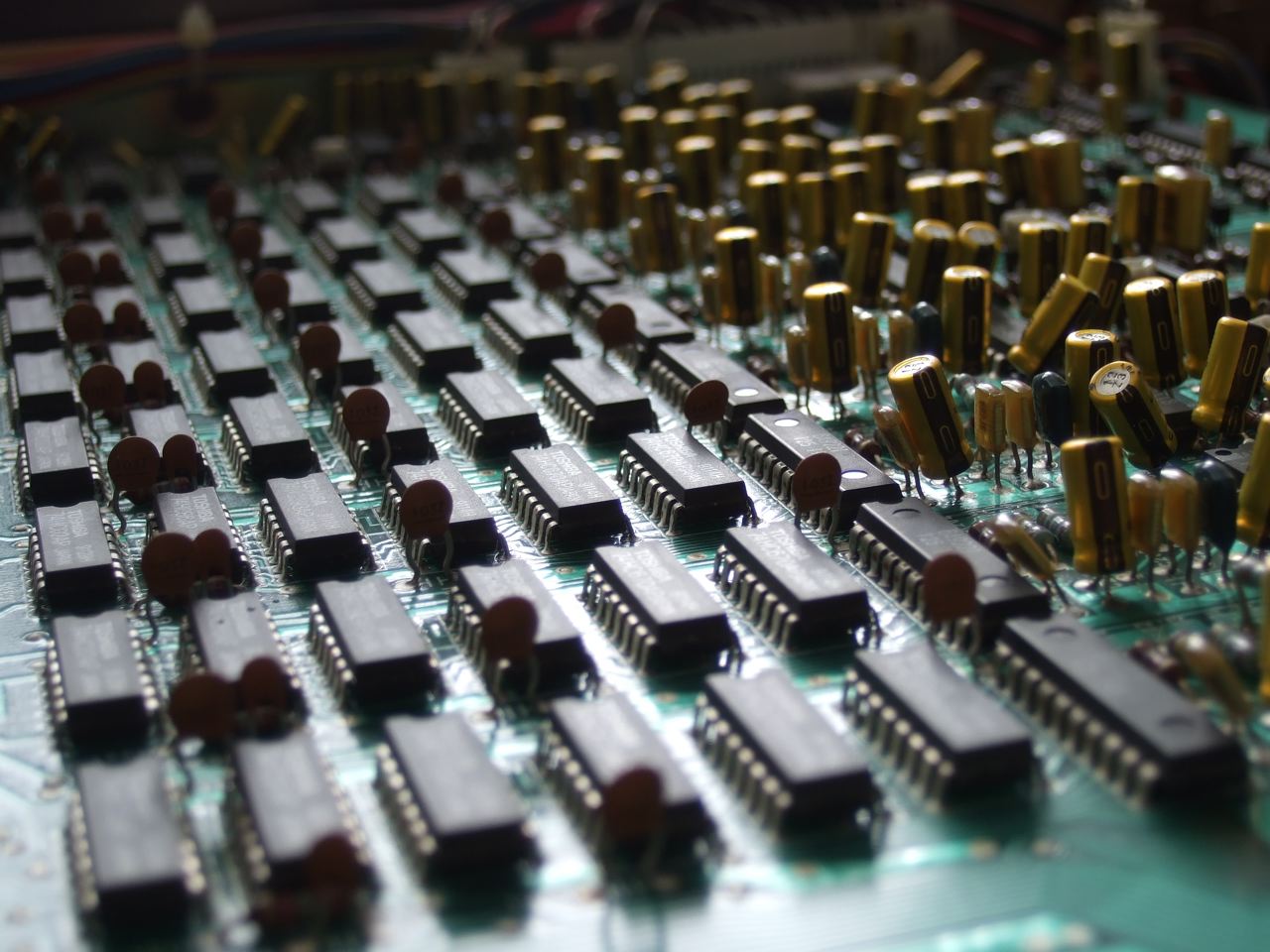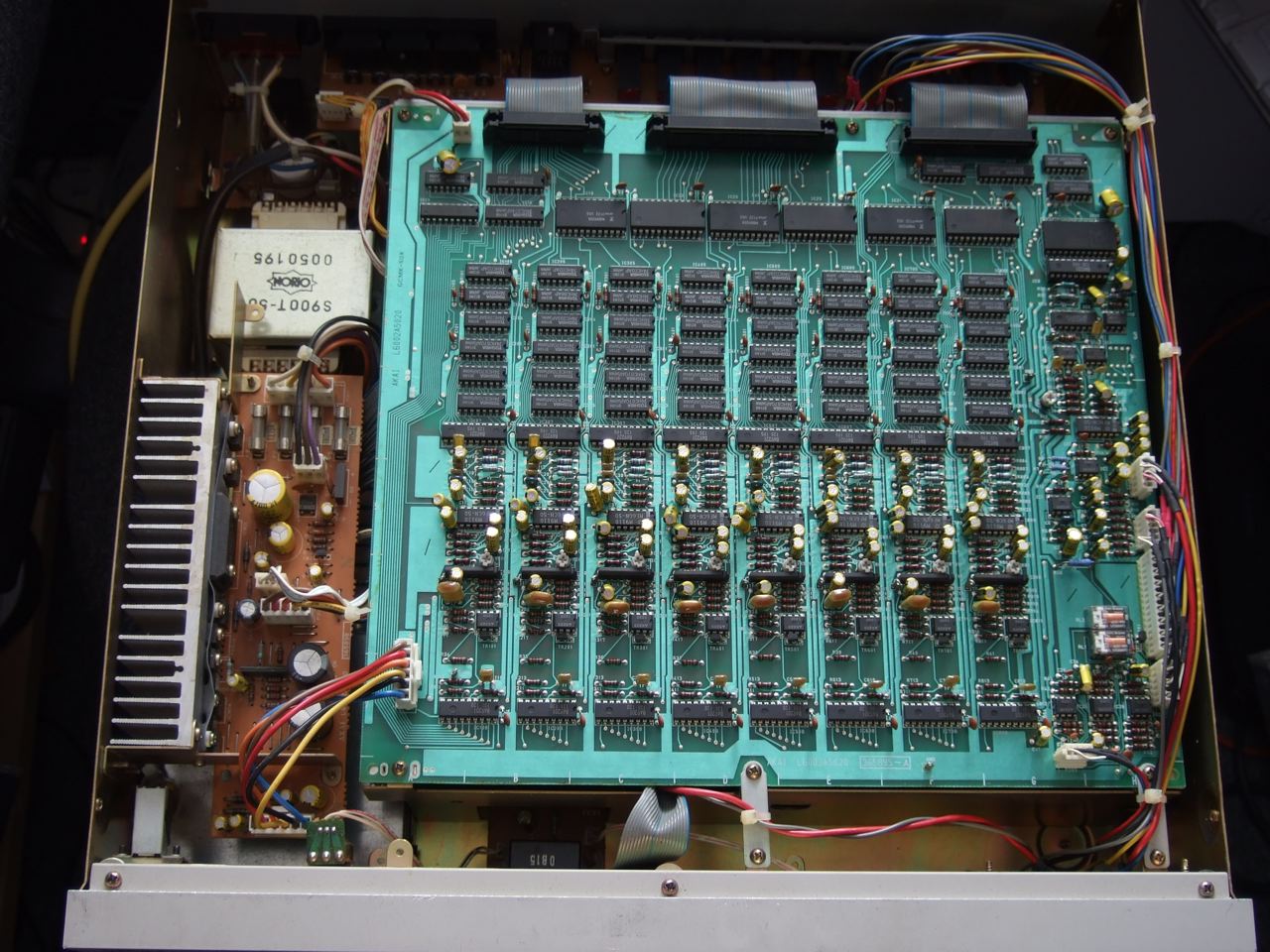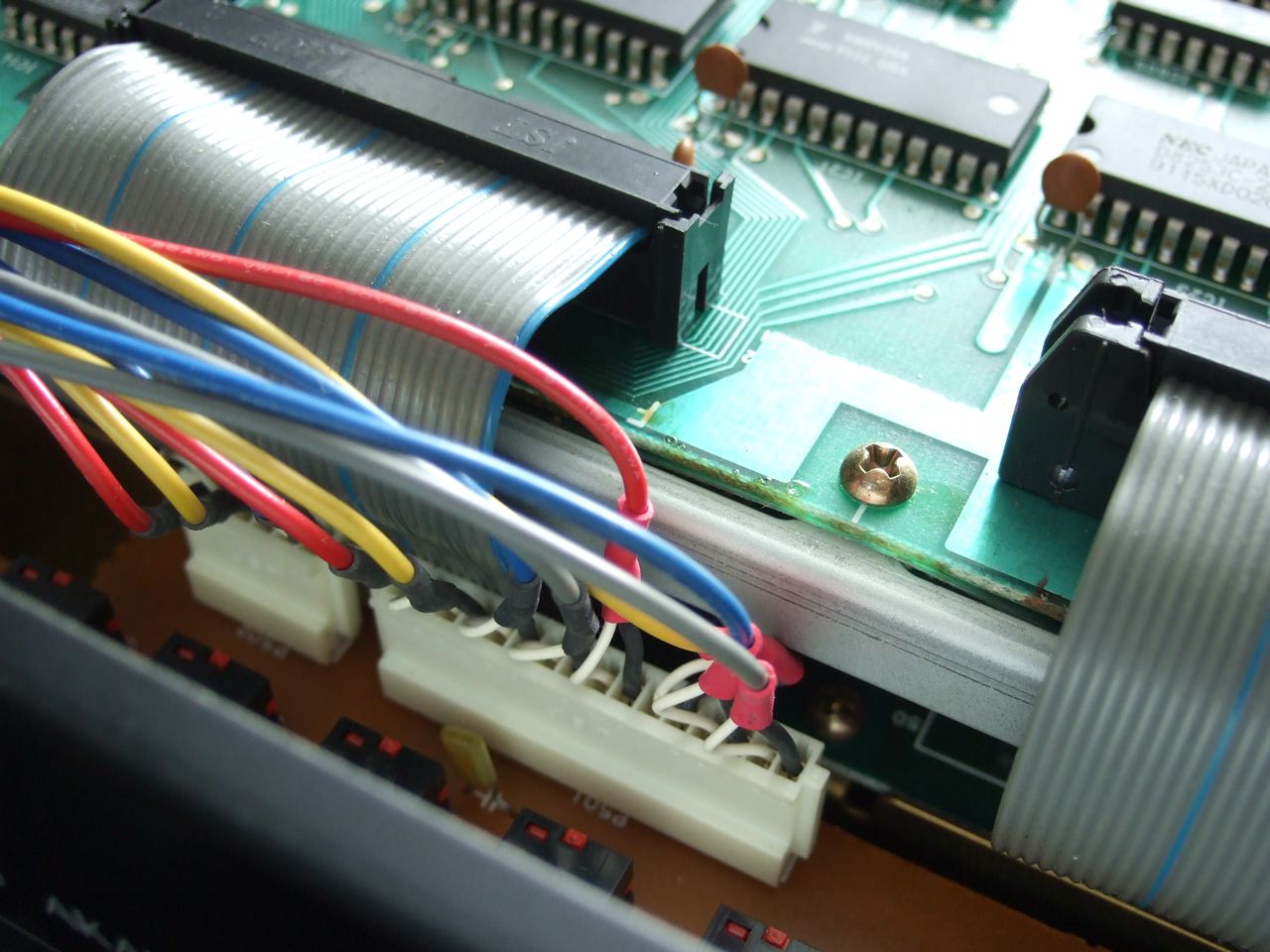MPC1000 button fixing
I replaced all the small buttons on my newly acquired MPC1000 the other night, and it was dull but three hours well spent. None of the smaller buttons were much good, with the cursor keys being particularly shit.
I followed the advice in this video, and bought a bunch of Alps SKHHAKA010 switches from Farnell and warmed up the soldering iron. Credit to Farnell, they seemed to have upped their game since I started buying stuff from them – I ordered these switches at 8pm one night along with a few other bits to bump it over the free postage limit of £20, they were apparently dispatched at 9pm (“yeah right” I thought as I saw the email) and I got them the next day.
Here it is with the case off.
Desoldering the legs of each button after I’d clipped them all out was a drag with only desoldering braid, I wished I had a better desoldering pump. Here are the dead buttons, grrr.
In the end it took me three hours in total, and that’s from taking it all to bits and wondering at the solid metal construction, desoldering the old buttons, fitting and soldering the new ones, and putting it all back together again.
Having spent ages looking at ideas for buttons for making my own sequencers, I liked the arrangement in use on the MPC, despite the switches themselves being rubbish. The translucent buttons have an LED just above the tact switch.
Just remains to see whether I get on with the MPC now – it’s been good fun chopping up beats with it so far, would be nice to actually finish a track with one.






